1. Phrenology: The Study of the Skull
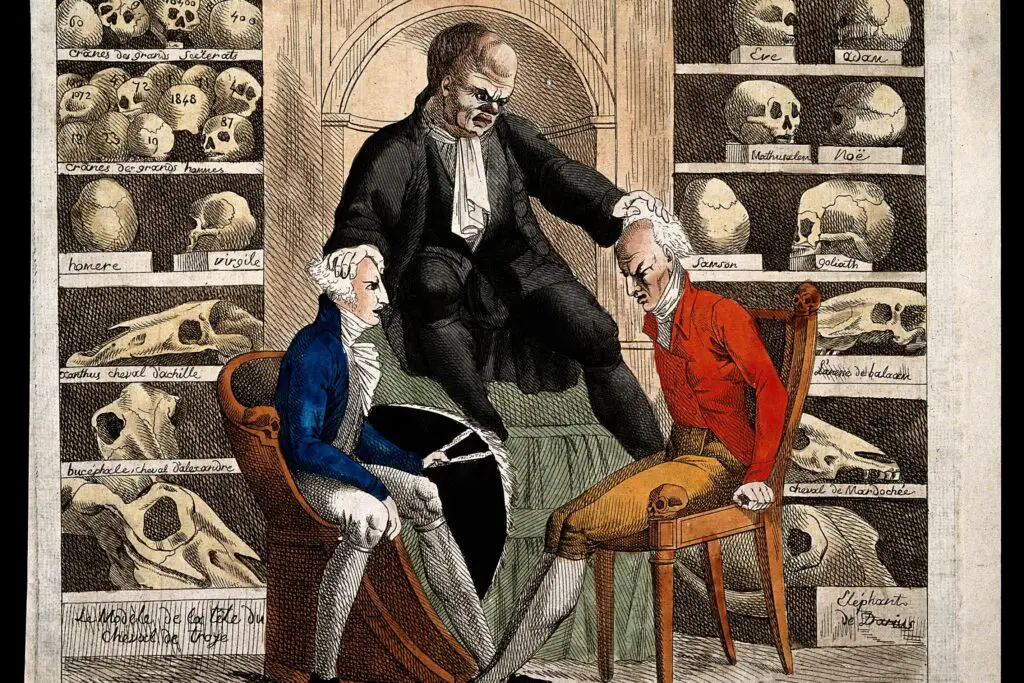
In the 1800s, phrenology was all the rage. This pseudo-science claimed that the shape of a person’s skull could reveal their personality traits, mental abilities, and even their moral character. Students would study the bumps and indentations of their classmates’ heads, learning to link these physical features with specific psychological attributes. The idea was that the brain was divided into regions responsible for different traits, and each could be “read” by observing the skull’s contours.
While it might sound outlandish today, phrenology was taken seriously at the time, with textbooks on the subject used in schools. Teachers often encouraged students to practice by “reading” each other’s heads, using their newfound knowledge to assess their peers. Unfortunately, phrenology was later debunked, but it was once considered a legitimate scientific field, leaving a lasting impression on the education system of the era.
2. Etiquette and Manners: More Than Just Saying “Please”

In the 1800s, students spent a considerable amount of time learning the rules of etiquette and manners. It wasn’t just about knowing which fork to use at dinner—these lessons were seen as an essential part of becoming a respectable member of society. Boys and girls were taught how to enter a room, how to address their elders, and even how to behave in the presence of royalty or distinguished guests.
The idea was that a person’s worth could be judged by their behavior, and students were expected to memorize a list of behaviors for various social situations. The emphasis was on decorum, with a strict code of conduct governing everything from speaking to sitting posture. These lessons were often integrated into the regular school curriculum, ensuring that etiquette became second nature to every student.
3. The Art of Letter Writing

Before texting and emails, letter writing was an essential skill that students were taught to master. In the 1800s, handwritten letters were the primary means of communication, and schools spent a significant amount of time teaching the proper way to write them. Lessons focused on everything from formal salutations to the correct wording of requests. Students would practice writing letters to family members, friends, and even strangers, perfecting their handwriting as they went.
Not only were letters a practical skill, but they were also an art form. Teachers would emphasize the beauty of penmanship, encouraging students to develop elegant, flowing handwriting. Students who excelled at letter writing were often considered more refined and cultured, and their skills were highly regarded in society.
4. Latin and Greek: The Classics Are a Must
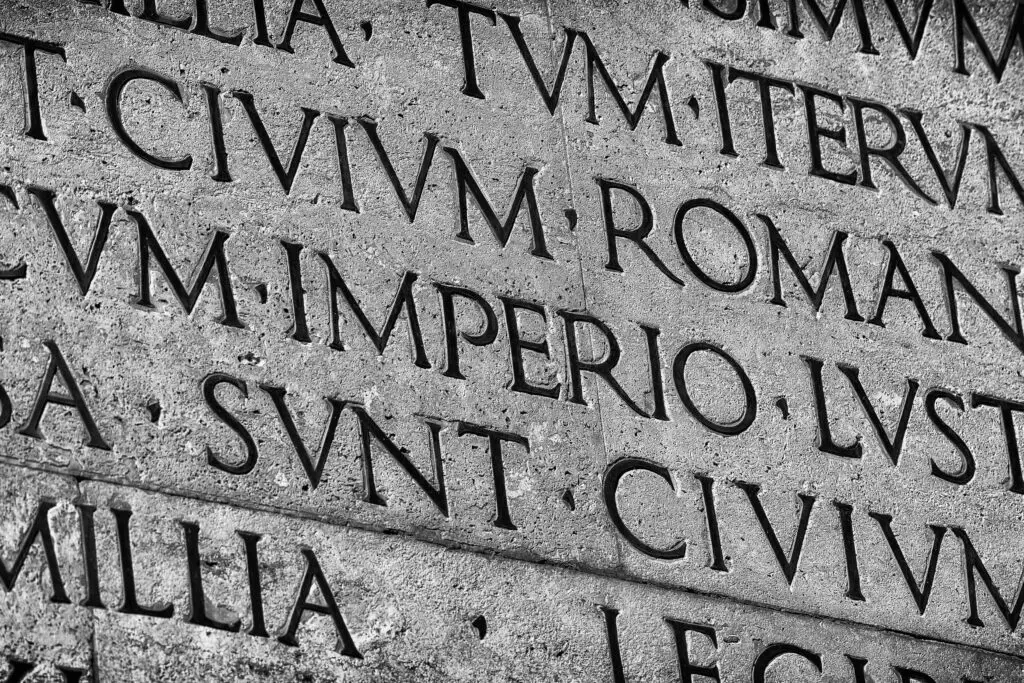
While today’s students might groan at the thought of taking a foreign language, back in the 1800s, Latin and Greek were essential subjects. These ancient languages were considered the foundation of a well-rounded education, especially for students aiming for a career in law, medicine, or government. The ability to read and write in Latin and Greek was seen as a sign of intelligence and social status.
Students were required to memorize long passages, translate ancient texts, and understand the roots of modern languages. For many students, mastering these classical languages was no easy feat, but it was a necessary part of their schooling. These subjects were a gateway to higher education and were thought to cultivate discipline and intellectual rigor.
5. Agricultural Science: Farming as a Skill
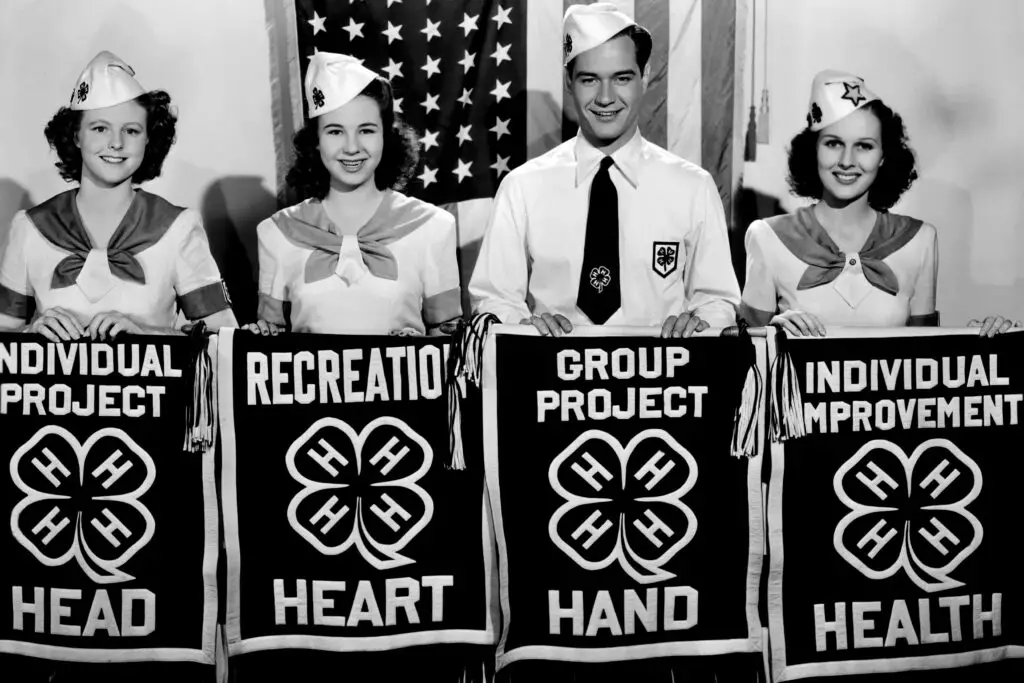
In rural areas, agricultural science was a vital part of students’ education. While city schools focused more on academic subjects, country schools often emphasized practical skills for farm life. Students learned everything from crop rotation to animal husbandry. Understanding the science of farming was crucial for survival, and schools taught young people the ins and outs of producing food.
The curriculum included learning how to grow and harvest crops, care for livestock, and even how to handle farm equipment. For many, this education was the foundation for their future careers, ensuring they could manage a farm successfully. Although it may seem odd to focus so heavily on farming in an academic setting, it was considered an essential life skill for rural students.
6. The Study of Religion: Moral Foundations
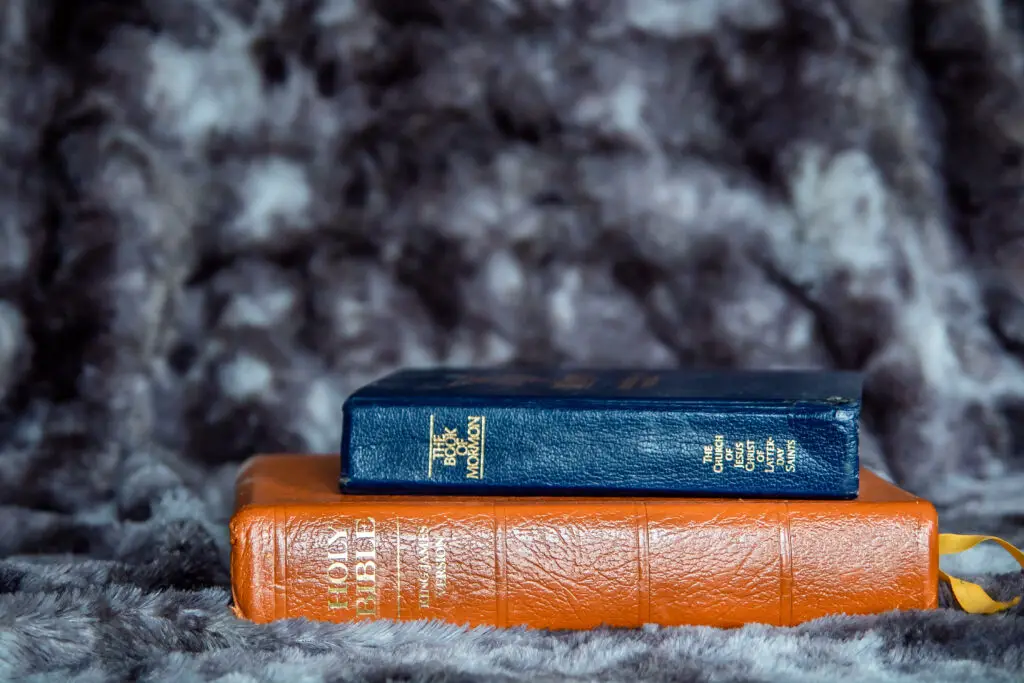
In the 1800s, many schools in the United States incorporated religious studies into their curriculum. This wasn’t just about learning about the Bible—it was about instilling moral values in students. Teachers would often read passages from the Bible, discuss their meanings, and encourage students to live according to Christian teachings. In some cases, religious studies were more important than other academic subjects.
For students in religious communities, these lessons provided the foundation for their worldview. Many schools were religiously affiliated, and students were expected to memorize Bible verses, attend chapel services, and learn about the history of Christianity. These teachings played a significant role in shaping the moral compass of future generations.
7. Home Economics: The Role of Women in the Household

During the 1800s, home economics was an important subject for girls, as it was believed to prepare them for their future roles as wives and mothers. These lessons covered everything from cooking to sewing, with a strong emphasis on domestic duties. Girls learned how to prepare meals, manage a household budget, and care for children, all with the goal of making them well-rounded and capable homemakers.
Home economics was not just about practical skills—it was also about creating a sense of responsibility and duty. Schools aimed to instill values of thriftiness, modesty, and industriousness in young women. This subject was central to the education of girls, as it was thought to prepare them for their societal roles.
8. Morse Code: The Language of Communication
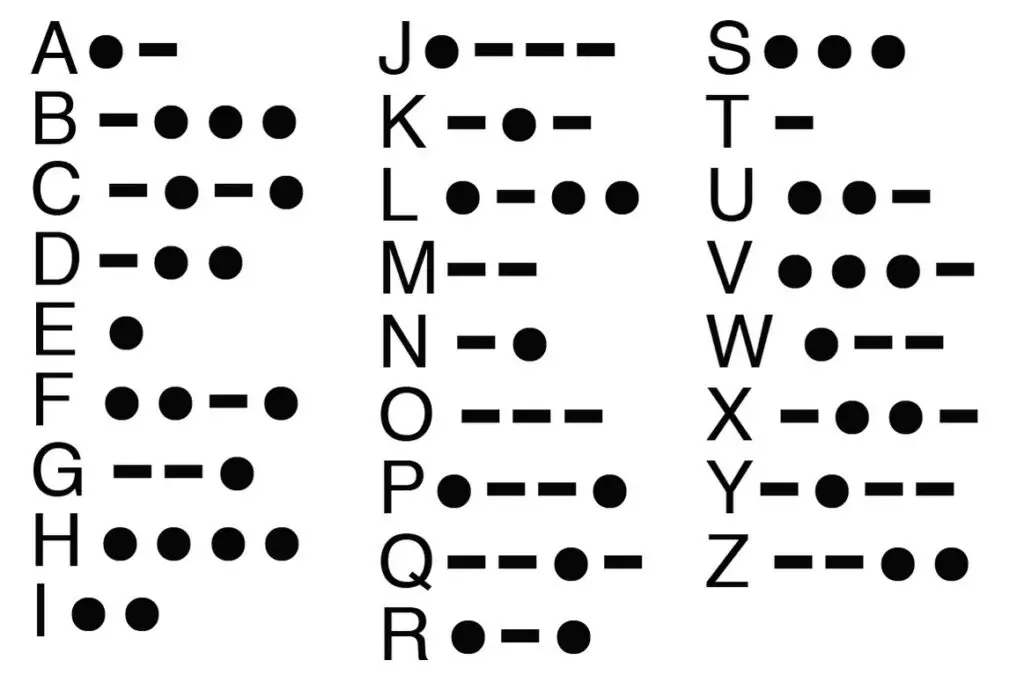
In the 1800s, Morse code was an essential tool for communication, especially in long-distance messaging. As the telegraph began to revolutionize communication, schools introduced Morse code as part of the curriculum. Students were taught how to decode and send messages using a series of dots and dashes. This skill was especially useful for students aspiring to work in the rapidly expanding fields of telegraphy and communication.
Morse code became a vital tool for both business and personal communication. Learning it was considered a modern, forward-thinking skill, and students practiced by sending messages to one another across the classroom. For those who mastered it, Morse code opened the door to exciting new career opportunities, making it a valuable subject for students of the era.
